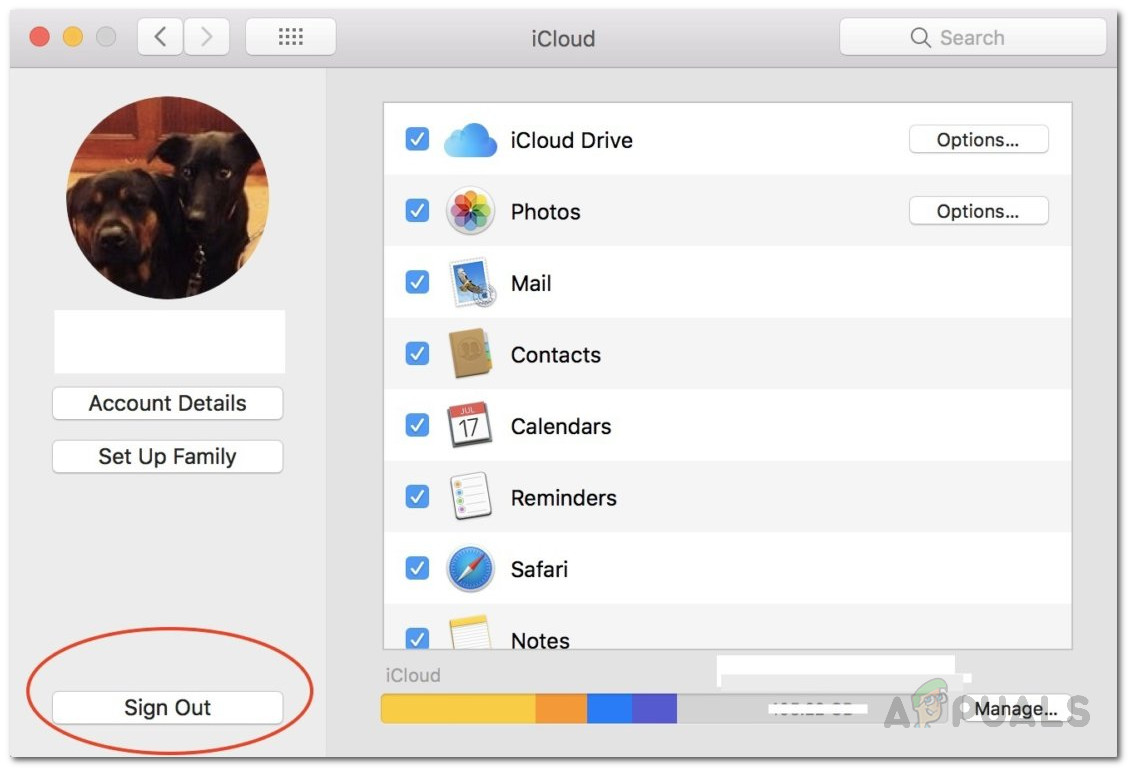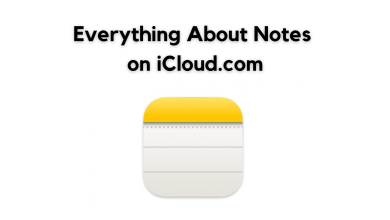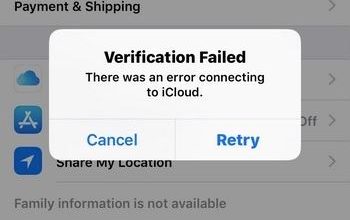How to Fix Mac can’t Connect to iCloud?
Mac offers a lot more functionality when you have connected it with iCloud. Without iCloud, there are so many basic features that you are not able to use such as FaceTime, iMessage, iCloud Drive, and many more. In some cases, when users try to login to their iCloud account, they are thrown the “This Mac can’t connect to iCloud because of a problem with the email address” error message. Furthermore, the error message takes them to the iCloud preferences window where even though some are able to login to their account successfully, for others, the issue remains the same.
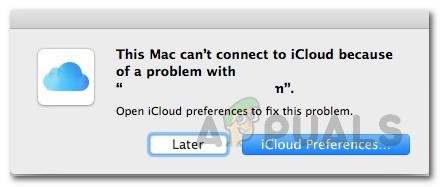
Instead of the previously stated error message, they are just shown an “An unknown error occurred” error message. Now, solving an error as such can be really tiresome and difficult as the issue can be caused by so many different factors. Thus, due to this very reason, there are various different ways that you can actually solve the error, so pinpointing the exact cause becomes hard. Nonetheless, we have put together a list of the potential causes that are often the culprits behind such error messages that we will mention below. So, without further ado, let us get started:
- Keychains — One of the reasons why you could be facing this error is the keychains on your Mac. They are used to store your passwords for various stuff and thus it can cause an issue with your iCloud login. In such a scenario, deleting the keychains should fix the issue.
- Incorrect Date and Time — Another reason that you are not able to sign in to iCloud could be the date and time on your Mac. If the date and time on your system are incorrect, it is possible that the connection is being rejected by the iCloud server and thus you are not able to log in.
- iCloud Configuration Files — As it turns out, configuration files are stored on your system for almost everything. Often issues are caused by damaged config files which could be the case for you as well. Deleting the configuration files will fix the issue in such a case.
Now that we have gone through the potential causes of the issue, let us get into the different solutions that you can implement to fix the issue. As we have mentioned before, this problem can be caused by a lot of different reasons so make sure to go through all of the listed methods to get your problem fixed quickly.
Method 1: Exit Apps and Reboot your Mac
In some of the cases, the issue can be caused by the applications that you are running in the background. In such a case, you can easily resolve the issue by either closing all the running applications by hitting the CMD + Q keys. This closes the active app so you will have to do it for all the apps. Once you have closed all the applications, you can try to login again to see if it works.
In case that doesn’t pan out for you, you should restart your Mac and then try to sign in once you have logged into your Desktop. This has worked for various other users and it might just do the job for you as well.
Method 2: Delete Keychains
As it turns out, Keychain is basically a password management system that has been developed and implemented by Apple for macOS. What it actually does it stores various types of data which consist of passwords, certificates, private keys, and more. In some cases, the reason that you are not able to sign in to iCloud could be caused by the Keychains stored on your Mac, thus, you will have to delete them. This is completely safe to do and won’t have any repercussions.
Before we begin, however, doing this will delete all of your passwords so it is worth the while to write down any passwords that you don’t remember. Otherwise, you will have to reset them later on. With that said, follow the instructions down below to delete the keychains.
- First of all, open up Finder and then go Go > Go to Folder from the menu bar.
- In the dialog box that appears, copy and paste ~/Library/Keychain/ and then either hit Enter or just click Go.

Searching for Keychain - In the Keychain folder, you can do two things. One is to delete all of the files which will completely get rid of the passwords. Secondly, you can just move the files to a different place and then restart your Mac.
- After doing that, try signing in again to see if the problem has been resolved.
Method 3: Check Date and Time
Having an incorrect date and time on your Mac can cause several issues with your online activity. Often servers reject connections because of incorrect date and time settings. This is what could be happening in your case as well. Thus, if your time or date is incorrectly set, make sure you rectify them and then try again.
To change the date and time on your Mac, just go to Apple > System Preferences > Date and Time. From there, you will be able to change the settings.

Method 4: Delete iCloud Configuration Files
Another thing that could be causing the issue to appear could the configuration files of iCloud on your Mac machine. As we have mentioned before, in some cases, the configuration files might get damaged due to which you are not able to sign in to your iCloud account properly. This has been reported as working by other users who were facing a similar issue. Follow the instructions below to delete the config files:
- First of all, open up Finder and then go to Go > Go to Folder from the menu bar.
- Then, in the dialog box, type or copy and paste the ~/Library/Application Support/iCloud/Accounts/ path and then click the Go button.
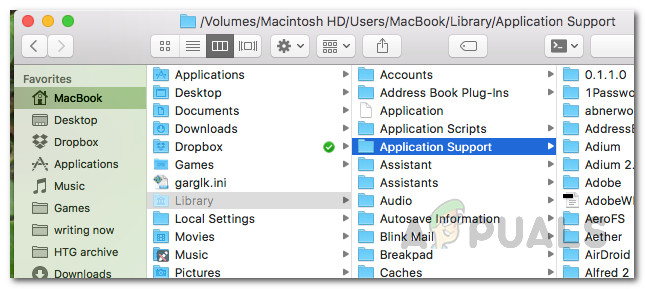
Mac Finder - In the Accounts folder, move the files to another location of your choice. If you have copied the files, you can delete the files in the Accounts folder.
- Then, reboot your Mac and check if the issue has been resolved.
Method 4: Uncheck iCloud Services
Finally, if the above methods do not work out for you, there’s one more final thing that you can try. This will most probably fix your issue. It was reported by a user for who the above methods didn’t pan out. What you have to do is uncheck the iCloud services from the system preferences and then sign out. Once you have done that, sign back in and you should be good to go.
To uncheck the services, make your way to Apple > System Preferences. Then, in the system preferences window, just go to iCloud settings and you will be able to see a list of the available services. Uncheck all of them, sign out. Finally, sign back in.
